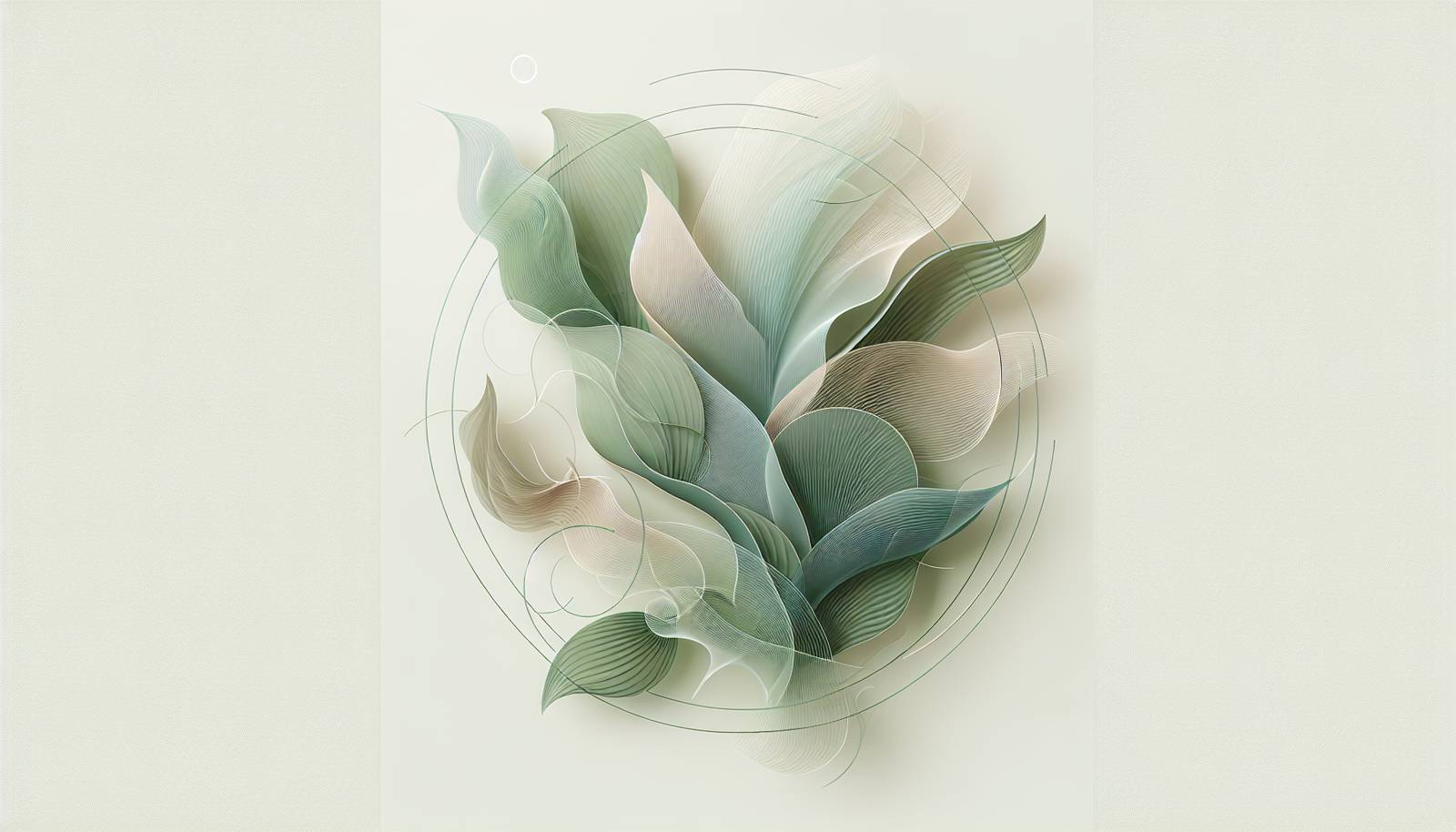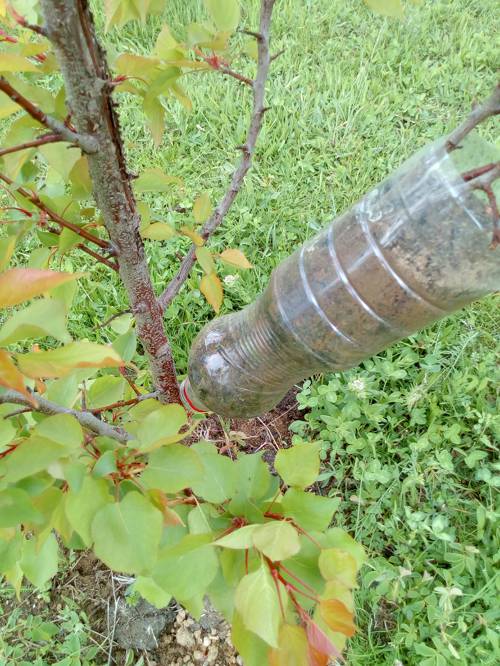
FAQ About Indoor Plant Air Layering Distinct Varieties

What is air layering in plants?
Air layering is a propagation technique used to grow new plants from an existing one by encouraging roots to develop while the stem is still attached to the parent plant. It involves making a cut on a stem, treating it with rooting hormone, and wrapping it in moist soil or sphagnum moss, allowing roots to grow over time.

Which indoor plants are suitable for air layering?
Indoor plants suitable for air layering include Ficus species (like the rubber tree and fiddle leaf fig), Dracaena, Monstera, and Schefflera. These plants have woody stems that are ideal for this propagation method.

What materials are needed for air layering?
To perform air layering, you need a sharp knife or pruning shears, rooting hormone, moist sphagnum moss, plastic wrap or aluminum foil, and ties or twist ties to secure the wrap around the stem. These materials help create an optimal environment for root growth.

How do I perform air layering on a rubber tree plant?
To air layer a rubber tree plant, select a healthy stem, make a cut or remove a small section of bark to expose the cambium, apply rooting hormone, and pack moist sphagnum moss around the cut. Cover with plastic wrap or foil and secure it. Roots should develop in weeks or months, depending on conditions.

Why is rooting hormone important in air layering?
Rooting hormone is important because it stimulates root growth at the site of the cut or wound on the plant stem. It increases the chances of successful root development, especially in woody plants that may be slower to produce roots naturally.

How long does it take for roots to develop in air layering?
The time required for root development in air layering varies based on the plant species, environmental conditions, and care. It typically takes a few weeks to a few months. Regularly checking for root growth by carefully unwrapping is recommended.

Can air layering be done at any time of the year?
Air layering is best done during the plant's active growing season, usually spring or early summer. This timing allows the plant to recover quickly and encourages robust root development. Some plants may still root outside this period but potentially at a slower rate.

What common mistakes should be avoided when air layering?
Avoid common mistakes such as not keeping the moss sufficiently moist, cutting too deeply into the stem, or failing to secure the covering properly. Ensuring the moss is always damp and the area is tightly sealed creates a favorable rooting environment.

Do I need to fertilize a plant during air layering?
It is not necessary to fertilize a plant while it is being air-layered, as the focus should be on maintaining moisture and encouraging root growth. Once roots are established, and the new plant is potted, it can be fertilized in the same way as the parent plant.

What are the benefits of air layering over other propagation methods?
Air layering often produces quicker results with new plants establishing more robust root systems. It allows for propagation of larger cuttings, leading to more mature plants sooner compared to methods like cuttings or seeds.

How can I tell if the air layering process is successful?
Success in air layering can be observed when visible roots have developed in the moss-covered area. Gently removing the wrap and seeing healthy root growth indicates the process is working. Wait until roots are substantial before detaching from the parent plant.

Should I use clear or opaque wrapping material for air layering?
Both clear and opaque materials can be used, but clear plastic wrap allows you to monitor root development without disturbing the plant. However, opaque materials like aluminum foil protect the rooting area from sunlight, which some plants may prefer.

Is it possible to use air layering on herbaceous plants?
While air layering is typically used for woody plants, it can be applied to some herbaceous plants. However, it is less common and may not always give successful results. Other methods like cuttings are usually more effective for herbaceous types.

What conditions should be maintained during the air layering process?
Ideal conditions for air layering include maintaining high humidity and keeping the moss consistently moist. Avoid exposure to direct sunlight which can dry the rooting area and ensure the parent plant remains healthy by providing appropriate light, water, and nutrients.

Can air layering damage the parent plant?
If done correctly, air layering typically does not harm the parent plant. Choose a strong, healthy stem to avoid weakening the plant. Monitoring and maintaining plant health throughout the process further reduces risk.

What is the best type of cutting tool for air layering?
A sharp, sterilized knife or pruning shears is best for air layering. Clean tools reduce the risk of infection or damage to the plant, ensuring a clean and precise cut that facilitates successful root formation.

How do I care for a plant after successfully air layering?
Once the air-layered section has sufficient roots, it should be carefully severed from the parent plant and potted. Provide a pot with well-draining soil, regular watering, and appropriate light conditions. Transition the new plant slowly to avoid shock.

What role does moss play in air layering?
Sphagnum moss is used in air layering to retain moisture around the cut area on the plant stem. Its porous nature allows it to hold water while remaining light and airy, creating an ideal environment for root growth and preventing drying out.

How do you know when to detach the air-layered plant from the parent plant?
The new plant should be detached once a robust root system is visible. This typically means the roots have grown to fill the moss and appear ready to support the plant on their own in soil. Carefully cut below the root mass and pot in fresh growing medium.

What should I do if the air layering process seems to fail?
If the process fails, assess factors such as insufficient moisture, poor timing (seasonal factors), or an incorrectly chosen plant section. Correct any mistakes and try re-applying the technique. Patience and careful monitoring often lead to success on subsequent attempts.
